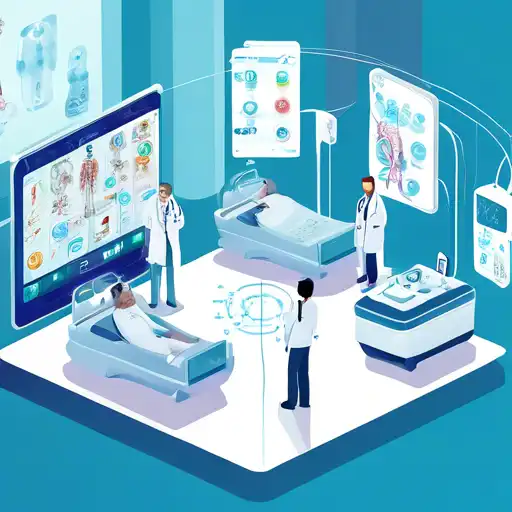Introduction to IoT in Healthcare
The integration of the Internet of Things (IoT) in healthcare is transforming the way medical services are delivered. By enabling devices to communicate and share data, IoT technologies are improving patient care, enhancing operational efficiency, and reducing costs. This article explores the pivotal role of IoT in healthcare and its potential to revolutionize the industry.
Key Benefits of IoT in Healthcare
IoT offers numerous advantages in the healthcare sector, including:
- Remote Patient Monitoring: Wearable devices and sensors allow healthcare providers to monitor patients' health in real-time, reducing the need for hospital visits.
- Improved Patient Care: IoT devices provide accurate and timely data, enabling personalized treatment plans and better health outcomes.
- Operational Efficiency: Automation of routine tasks and inventory management through IoT can significantly reduce operational costs and improve efficiency.
- Enhanced Drug Management: Smart pill bottles and dispensers ensure patients adhere to their medication schedules, improving treatment effectiveness.
Challenges and Solutions
Despite its benefits, the adoption of IoT in healthcare faces several challenges, such as data security and privacy concerns. However, advancements in encryption and blockchain technology are providing solutions to these issues, ensuring secure data transmission and storage.
Future Prospects
The future of IoT in healthcare is promising, with ongoing developments in AI and machine learning further enhancing its capabilities. From predictive analytics to robotic surgeries, IoT is set to redefine healthcare delivery.
Conclusion
IoT in healthcare is indeed a game-changer, offering unparalleled opportunities to improve patient care and operational efficiency. As technology continues to evolve, the potential for IoT to transform the healthcare industry is limitless.
For more insights into digital health innovations, explore our article on digital health trends.
